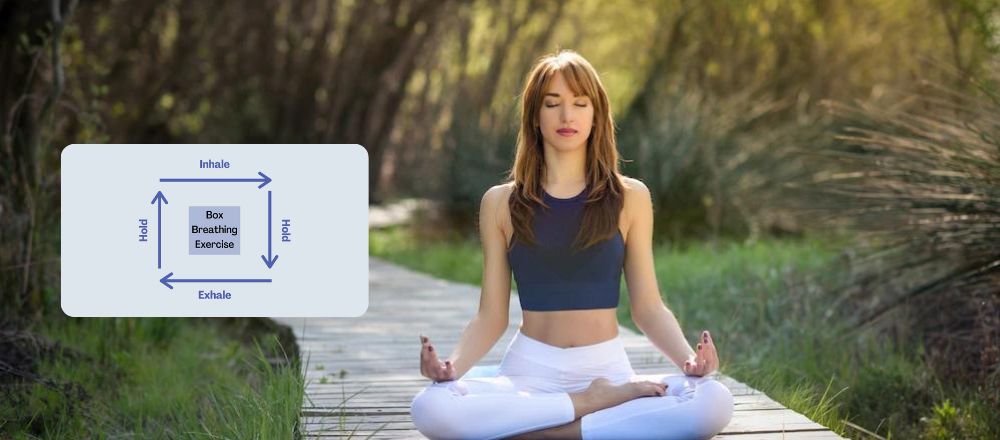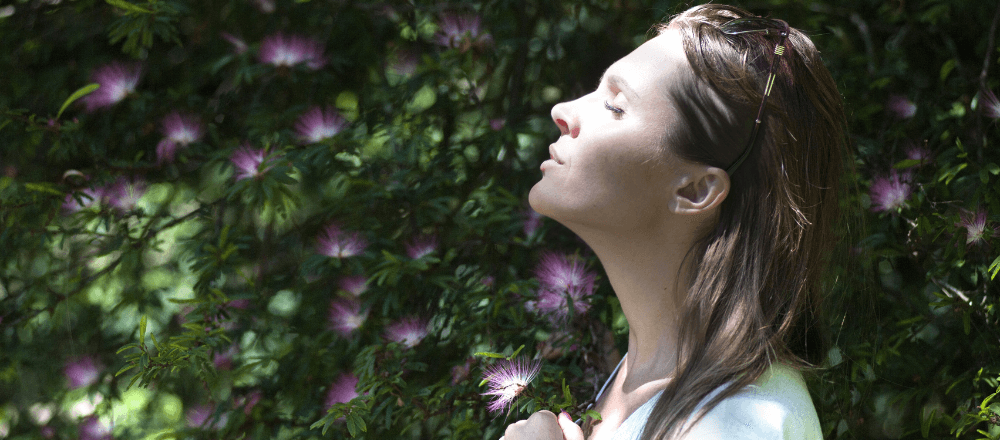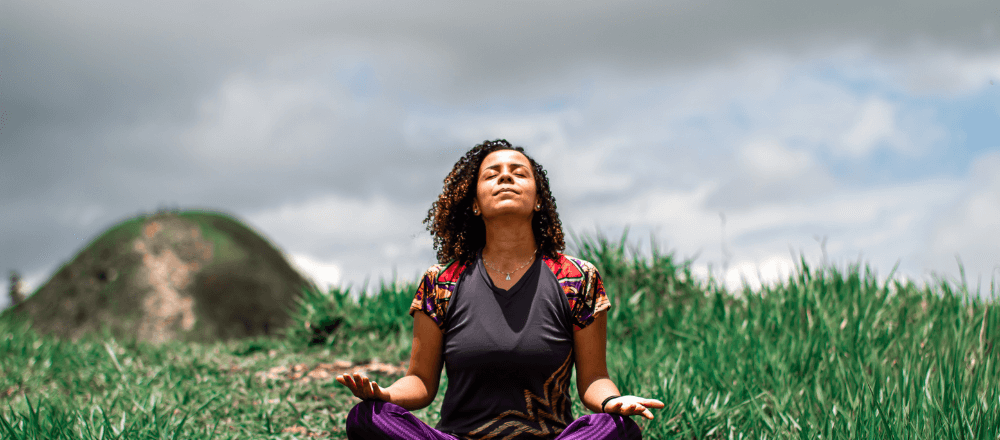The 5 Best Breathing Techniques for Sleep
While many people find it challenging to achieve the amount of sleep they require, getting a proper amount of high-quality sleep is essential for feeling energetic and maintaining health. More than one-third of Americans say they get less than seven hours of sleep every night. One in five people says they have problems falling or staying asleep.
It might be challenging to relax, calm down, and get a good night's sleep due to our hectic and fast-paced lifestyle, which is packed with extensive workdays, financial pressures, parenting burnout, and other emotionally challenging events.
But by concentrating on your breath, you may find it easier to get healthy sleep. So let's look at some breathing techniques to relax your body and mind to get sleep.
Top 5 Best Breathing Techniques for Sleep
Bhramari Pranayama Breathing
Bhramari Pranayama is a breathing exercise that is based on the pranayama breathing technique used in yoga. When performing bhramari, a person covers their eyes and ears while making a vibrating or humming noise. There are numerous steps in this breathing exercise:
Slowly inhale through your nostrils while counting to four after each exhalation.
Hold your breath for an additional four counts.
For a count of four, slowly exhale through your mouth.
Hold your breath for one more count of four after you've exhaled.
If necessary, repeat this breathing rhythm.
4-7-8 Breathing
4-7-8 breathing, sometimes referred to as calming breath, is a pranayama-based deep rhythmic breathing technique. In order to lower anxiety and encourage restful sleep, this breathing exercise incorporates a typical sequence of inhaling, holding the breath, and expelling. Use these five steps to try this breathing exercise:
Let your lips separate and breathe out loudly through your mouth to empty your lungs thoroughly.
While counting to four, discreetly inhale through your nose while keeping your mouth shut.
Keep your breath held for seven counts.
Count to eight while slowly exhaling through your mouth.
Before switching back to your regular breathing, repeat this cycle around six times.
Kapalbhati Breathing
It has been suggested that kapalbhati breathing can assist in clearing the sinuses and enhancing focus. It is one of the ancient forms of breathing practiced through the ages. However, before practicing this technique, it is recommended to become proficient in other methods like Bhramari pranayama.
Buteyko Breathing Technique
Exercises that involve holding your breath are used in this technique. Remember that you can benefit most from this technique with the guidance of qualified instructors. Therefore look out for a qualified instructor.
A Buteyko exercise known as relaxed breathing can be practiced like this:
Sit comfortably with your legs stretched and your back straight. You can close your eyes or raise a modest upward look.
You can close your eyes or lift an upward look.
Put your hands on the top and bottom of your chest. Quietly inhale through your nose.
Pay attention to the parts of your body that breathing causes to move. Pay attention to your lower chest.
Allow your upper hand to rest on your lap after a little while.
Relax your face, jaw, shoulders, neck, shoulders, abdomen, hips, and legs gradually.
Box Breathing
Box breathing is a technique that incorporates visualization and breathing exercises. Box breathing, as the name suggests, entails picturing a box with four sides to serve as a reminder of the rhythm and duration of each breath.




